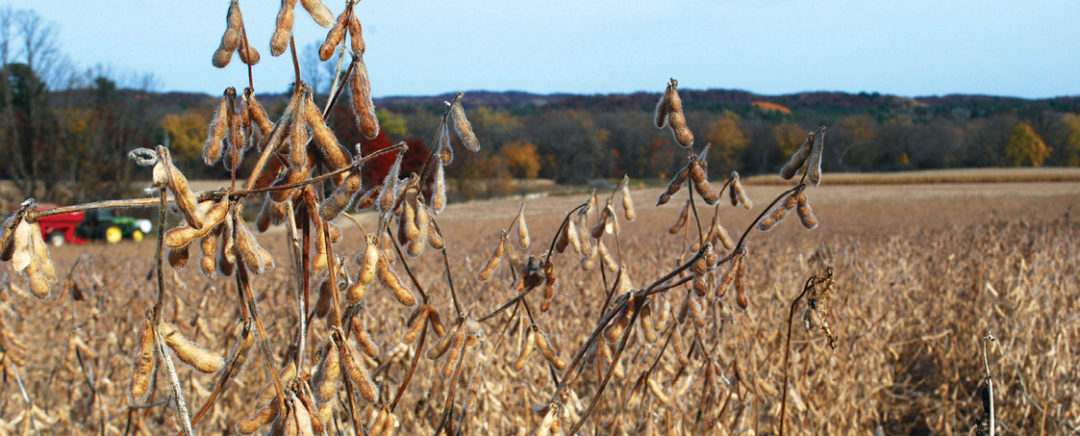No-Till Farmer
Get full access NOW to the most comprehensive, powerful and easy-to-use online resource for no-tillage practices. Just one good idea will pay for your subscription hundreds of times over.

When soybean prices were hovering around $5 a bushel several years ago, farmers could justify their decision to plant, fertilize and spray their corn crop first.
But with soybean prices now floating around $12 per bushel, there’s a financial incentive for maximizing yields. Doing that may require no-tillers to break some bad habits, says Palle Pedersen, former agronomist at Iowa State University Extension and currently seed care technology asset lead for Syngenta.
“Just think back to 2003 in Iowa, when beans were $5.25 a bushel. We had aphids everywhere and you couldn’t get one farmer to spray a field,” he says. “Of course, we didn’t have a lot of experience with this pest, but after seeing 32-bushel averages throughout Iowa, everybody knows what aphids are today, I can guarantee you that.”
Based on his experience from Iowa State, Pedersen shared numerous insights during the 2011 National No-Tillage Conference on how no-tillers can protect genetic yield potential in soybeans.
Yield Robbers. Pedersen believes soybean yields are held back because farmers have remained loyal to an oversimplified management system, and they’re cautious about investing in new systems
Many soybeans on the market have the potential to yield over 100 bushels an acre if raised properly, but Pedersen notes that in his home state of Iowa, soybean yields average only 50 to 55 bushels annually.
Research he conducted from 2004 through 2006 in Iowa found yields of 65 to 100 bushels were possible, depending on the environment, soil types, variety selection and agronomic…